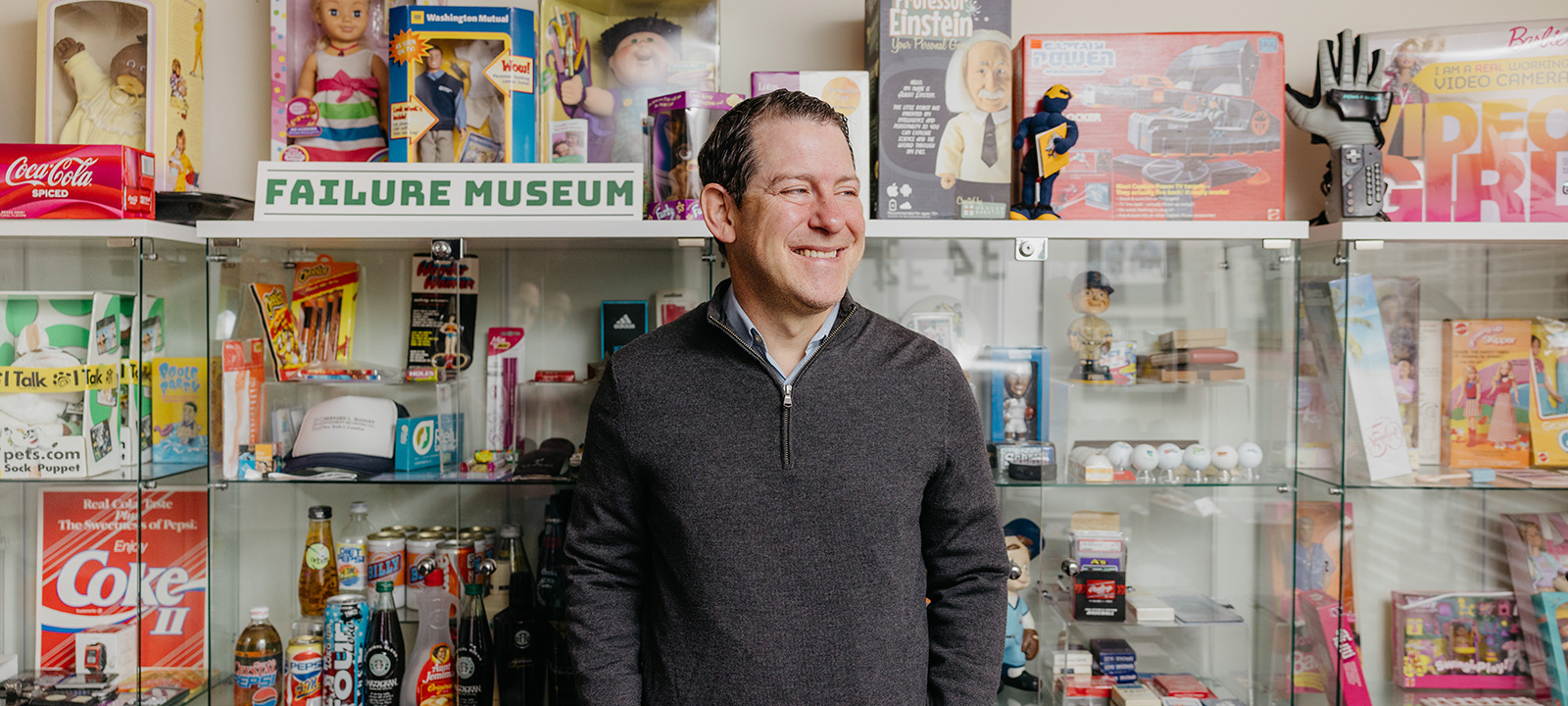
All Hail the Fail
Failure Museum founder Sean Jacobsohn ’94 finds insights in business flops.
 It all started with a bobblehead.
It all started with a bobblehead.
When Sean Jacobsohn ’94 attended a Golden State Warriors game in 2022, he received a well-intentioned promotional item with an untimely sponsorship. The item: a nine-inch-tall replica of starting guard Jordan Poole. The sponsor: FTX, described on the bobblehead’s box as the team’s “official crypto platform and NFT marketplace.”
“This was right around the time FTX was imploding,” says Jacobsohn, a lifelong collector and successful executive and venture capitalist. “I realized right away I had something here.”
Enter Jacobsohn’s Failure Museum: a personal collection of artifacts showcasing a wide range of failed companies, products, and ideas. The collection began with the bobblehead and now includes everything from botched launches, such as cans of New Coke, to formerly viable products that lost their purpose, such as Blockbuster membership cards.
 It’s a cheeky hobby with a deeper purpose. In addition to showcasing each item online, Jacobsohn shares his thoughts about failure on his blog and LinkedIn page, detailing what business leaders can learn from each unique misfire. Because as good as success is, Jacobsohn says it’s the failures that are frequently more revealing — and common.
It’s a cheeky hobby with a deeper purpose. In addition to showcasing each item online, Jacobsohn shares his thoughts about failure on his blog and LinkedIn page, detailing what business leaders can learn from each unique misfire. Because as good as success is, Jacobsohn says it’s the failures that are frequently more revealing — and common.
“Not a lot of people like to talk about failure and lessons from failure, but really, most companies fail at some point,” he says. “Even the most successful companies have had to pivot, and many of the most successful entrepreneurs have had a failed start-up before. I’ve found that you really need to learn from failure and learn quickly.”
Mequon to Silicon
These days, Jacobsohn uses his expertise and position to help entrepreneurs and their companies build successful teams, find new opportunities, and raise funds. He also sits on 10 company boards and serves as a board observer for four more.
He’s come a long way since his first taste of entrepreneurship as a teenager, when he combined his lifelong interests in sports, collecting, and business.
“Failure can be your springboard to success,” Jacobsohn says. “You shouldn’t fear failure and shouldn’t be afraid to take risks.”
“I bought entire memorabilia collections from other students and sold the pieces for a lot more in aggregate,” Jacobsohn says. “That helped me pay my way through college.”
Growing up in Mequon, Wisconsin, Jacobsohn knew he wanted to attend one university and one university only: UW–Madison. Seeking a well-rounded business education, he declared majors in finance and marketing at the Wisconsin School of Business while minoring in international business. Along the way, he founded a student-based sports club, got involved with school entrepreneurship programs, and over the course of four years, watched the Badgers go from a one-win football team to Rose Bowl champions.
As he neared graduation, Jacobsohn spotted an interesting job ad in the Badger Herald for a position at Prudential Financial, which became the launchpad for his business career. He then earned an MBA at Harvard Business School, joined three early-stage companies that eventually went public, and became involved in angel investing.
In 2014, he was recruited by Norwest Venture Partners, a $12.5 billion global venture capital firm in the heart of Silicon Valley that has investments in more than 700 companies.
“I continue to network with entrepreneurs and product leaders to see what opportunities they’re looking to start,” says Jacobsohn, a partner at Norwest. “I’m always looking for companies in spaces that I think are ripe for disruption.”
In other words, he helps businesses successfully launch and operate … and not become fodder for the Failure Museum.
Turning Lemons into Lemonade
Businesses and products fail for any number of reasons. Maybe a product was ahead of its time or entered a saturated market. Maybe a business ignored customer feedback or had the wrong leadership team in place.
While Jacobsohn has identified primary reasons for failure — he frames them as the “Six Forces” — what’s universal is that no business leader sets out to fail. Jacobsohn’s blogging doesn’t mock or point fingers, and his open-minded approach has earned him fans, including some executives who have directly experienced failure themselves.
When he first blogged about Juicero, a tech-infused juicer that hit the market in 2016 and now lives in the museum, the company’s original CEO reached out to Jacobsohn, and the two sat down for an interview. Other business leaders soon followed suit, giving Jacobsohn and his readers a unique and unfiltered perspective.
“I’m one of the few people deeply interested in their stories,” he says. “Allowing them to tell their side of things can benefit a lot of entrepreneurs.”
Since launching the Failure Museum, Jacobsohn’s personal collection of items has grown significantly. Through donations and his own forays into eBay, he’s amassed more than 1,000 artifacts, all of which can be viewed online at the website failure.museum. Products, companies, toys, sports memorabilia: it’s all there, and even Wisconsin has representation in the museum. Among other items, Jacobsohn owns a program from a 1926 NFL game between the Chicago Bears and the Milwaukee Badgers — and no, that’s not a printing error.
Pro football was much less popular than college football at the time, and the thinking was that by naming a team the Badgers, Wisconsin fans would pay more attention to them,” Jacobsohn says. “Milwaukee and Green Bay actually played each other 10 times. Green Bay won nine of those games, they tied once, and people stopped going to the Milwaukee games.”
Some recent acquisitions to his collection include Amazon Dash buttons, textured Brush-Ups teeth wipes from Oral B, and Heinz EZ Squirt ketchup, which came in colors such as bright green and purple. Jacobsohn also maintains a wish list of items he hopes to add to the collection — everything from LaserDiscs to Colgate frozen meals.
Classic product misfires include a pencil that advocates doing drugs after a few sharpenings; Cheetos-themed cosmetics; and Jarts — lethal-looking lawn darts. See more fascinating fails at the website failure.museum.

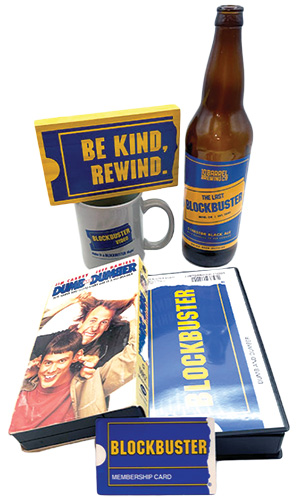
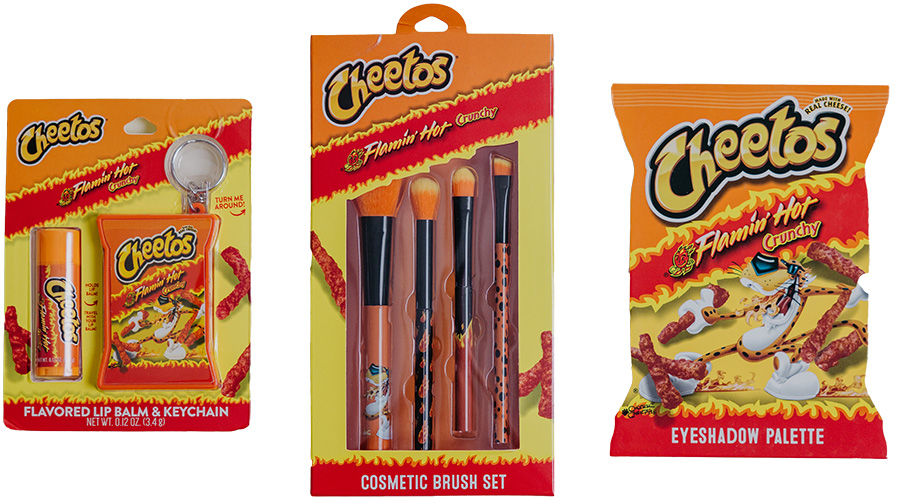

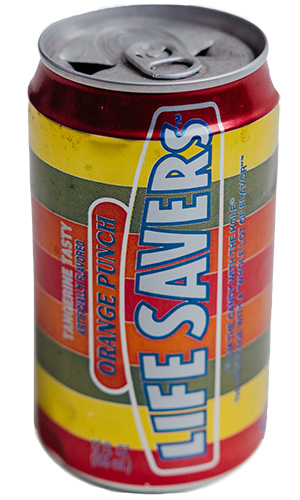
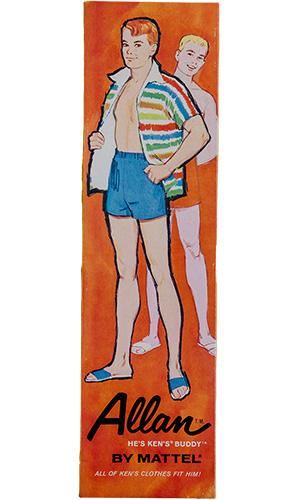
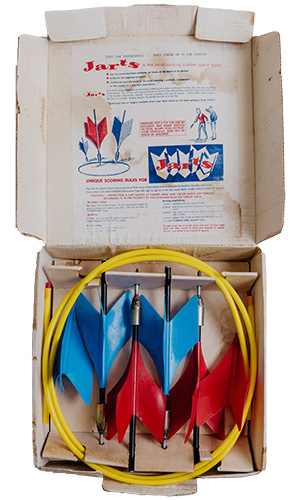



Each new item provides another opportunity to generate insights into failure, and Jacobsohn says the public response to his work on the topic has been overwhelmingly positive. He’s also landed in the pages of the Wall Street Journal, among other news outlets, as a growing number of journalists take interest in his unique collection.
Jacobsohn wants you to come away from the Failure Museum feeling optimistic — because with the right mindset, failure can lead to innovation. After all, a product like the Apple iPhone might not exist as we know it today without a few Newtons or Pippins (look them up) along the way.
“Failure can be your springboard to success,” Jacobsohn says. “You shouldn’t fear failure and shouldn’t be afraid to take risks.” •
Chris Malina is a writer for the Wisconsin School of Business and assistant editor of Update magazine, where this article originally appreared.
Published in the Summer 2025 issue

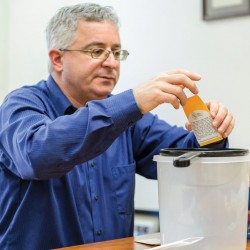
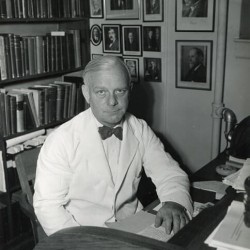
Comments
No comments posted yet.